Case Study: Sportsnet’s future-forward studio features ARRI fixtures for versatility, dependability
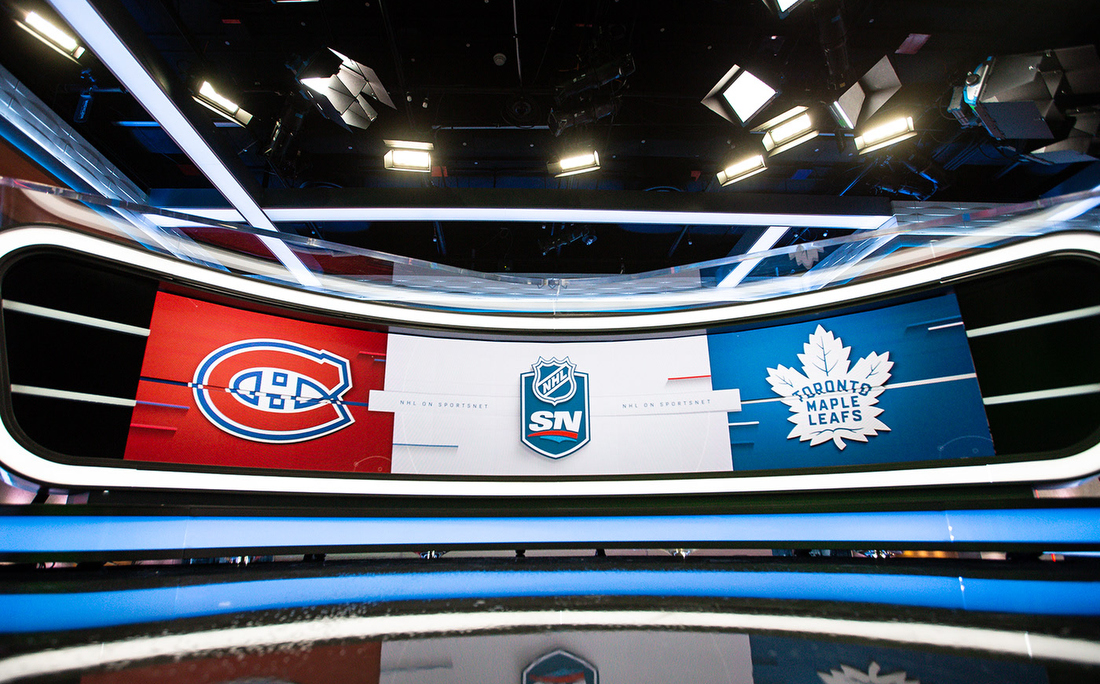
Subscribe to NCS for the latest news, project case studies and product announcements in broadcast technology, creative design and engineering delivered to your inbox.
In 1929, when Hockey Night in Canada began broadcasting from Toronto’s Arena Gardens, the information offered was limited to descriptions of the third period of play so as not to discourage local ticket sales. Today, economic activity related to hockey is estimated to be worth more than $11 billion annually, and Sportsnet’s NHL coverage originates in a sparkling, custom-built Toronto television studio that is part of Rogers Communications.
The Sportsnet Studios are a key element of the network’s reimagined approach to the traditional hockey broadcast, as well as content production and distribution. State-of-the-art technology including visual reality set extensions, augmented reality and 3D capabilities allows for interactive, immersive content that brings fans into the conversation. In addition to “Hockey Night in Canada,” the studios host “Scotiabank Wednesday Night Hockey” and regional NHL coverage. Future plans include live NBA, MLB and other broadcasts.
Lighting director James Downey, a veteran of a wide range of lighting jobs of every description, was on board in January 2020 as the new studio was designed from the ground up. The job would be the latest of more than two dozen installations overseen by Downey. The actual install was done between August and October 2020.
“The impetus was hockey coverage, but we knew the studio needed to be multi-faceted for internal or other broadcasts, like the Raptors, for example,” said Downey.
“Rogers had owned the right to hockey for several years, so there was a template from the existing studio. But this was an opportunity to do a refresh and a rethink, to create a more versatile and dynamic studio designed for a variety of coverage across the country. So we had a rough idea of what the set would look like, where the desks would fit and how the lights and camera would work together.”
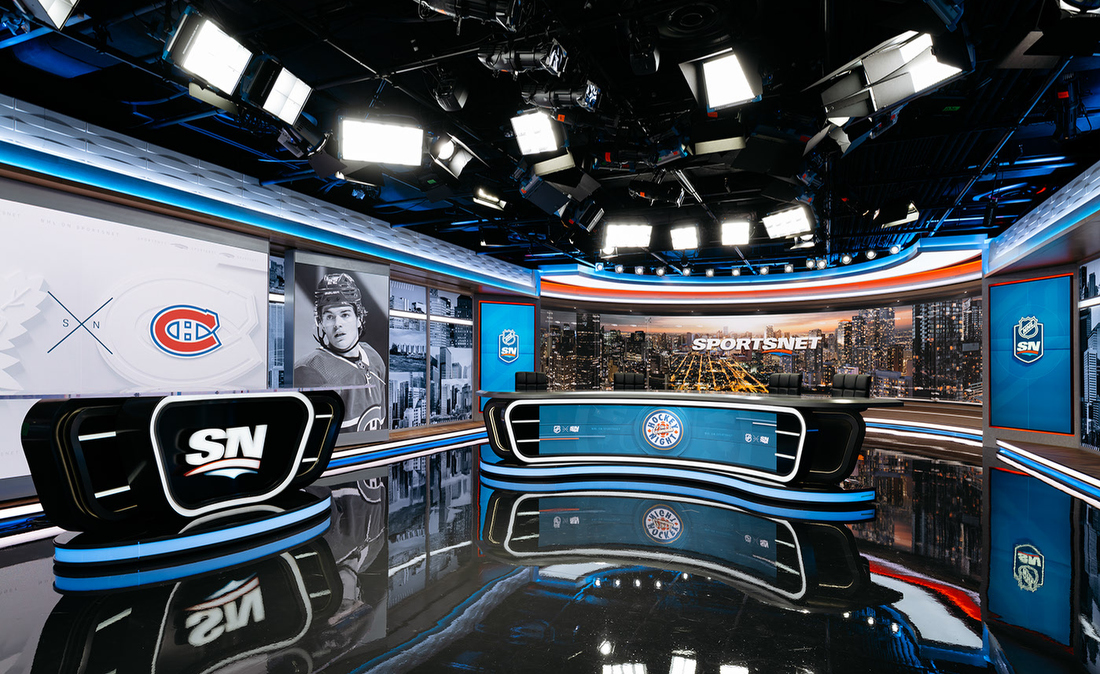

The space is divided into two studios – Studio 31 and 32, which share a wall. Everything down to the glossy black floor has been thought out to provide maximum flexibility and efficiency.
“It’s a very well-built space – they can shoot almost 360 degrees in one studio and about 270 in the other, with some kind of lighting technology is the frame from every angle,” he said.
“At any given time, there are usually four or five main desk positions, as well as stand-up positions, which can be migrated to different positions or looks within that set depending on the application. There’s a ton of brand-new lighting technology involved, along with numerous video walls, and there’s LED lighting in the desks and in the walls, which is extremely versatile and looks great on camera.”
The Cove is a 50-foot floor-to-ceiling LED wall, one of a number of video walls used for a wide array of applications – stats, players, sponsorship, et cetera. “The graphics team is busy as can be, making content to fill it all,” said Downey. “And they’re doing an amazing job.”
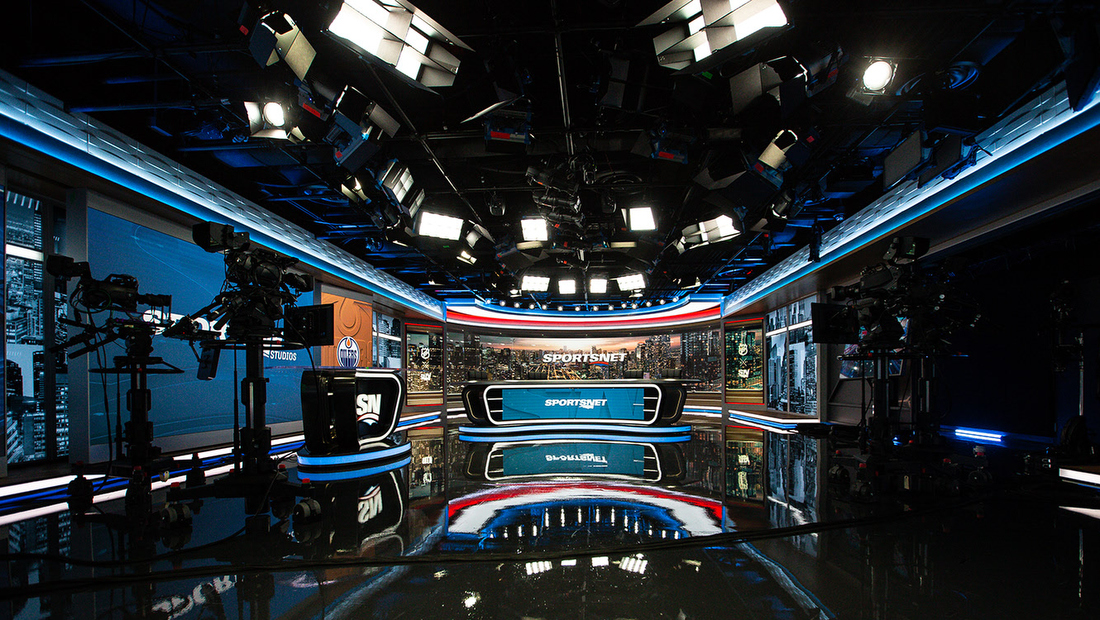

Even with 13 cameras, Downey said that while perfect color balance is much easier to achieve than it was in the past, he still uses his eyes to find the right blend in the images.
“What matters is how the camera sees things,” he said. “There’s a kind of magic, happy spot between lighting, video and internal LED lights where the cameras like to be. We work with the engineering team and the video department to blend them all together, finding a color balance. Every LED wall and every monitor is different. Some monitors don’t like to be crushed – the color balance changes, and the quality can be diminished if you adjust too far. Cameras can be fussy. Certain cameras tend to be warmer. Even though it’s getting much easier, it’s not as easy as saying, ‘OK, the lighting is at 4000 degree Kelvin,’ and everything meets that.
“You need to find the sweet spot, and my lights can’t be a hindrance to that,” he said. “That’s what’s great about ARRI lighting – I can set to 4700 degrees Kelvin, and with a little bit of plus green or minus green, I can find that magical combination. The lights can be dependably matched to exactly where we want to be.”
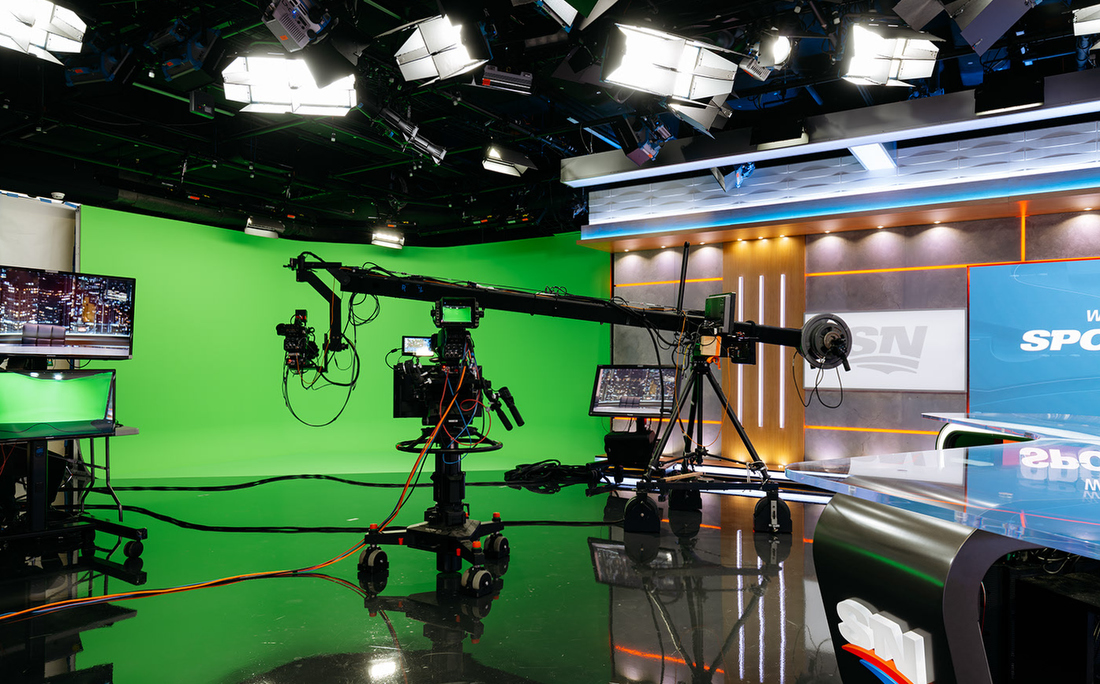

Color is especially important when dealing with dozens of big-money sports teams that very carefully manage their branding. The studio includes a lighting board with presets that can light the sets with any one of 60-plus colors that represent one of 30-some hockey teams or 30 professional baseball teams. That effect can be adjusted with LED accentuation that backlights the talent from the in-set sources. Rather than a single look that remains steady for the duration of the show, different looks can be drawn up for different shows – or even within the same show.
“If one of these many elements is off in terms of color, your talent doesn’t look great,” said Downey.
“Your set doesn’t look great. So there’s a ton of coordination. I worked very closely with lighting programmer Corey Saunders on the set-up, and he’s doing a wonderful job maintaining and creating the looks as we go forward.”
Downey also crafts his own grip tools, like cutters, honeycombs, snouts and barn doors, so that rich colors can be precisely controlled and directed with no spill. To program and control the set, Downey chose the latest generation of grandmA3 lighting control platforms, which communicate with each fixture through DMX. The system was chosen in part to deliver a robust and stable signal given the tremendous amount of potential interference swirling around downtown Toronto. So far, it’s working seamlessly.
“I put ARRI into studios, because if I have the option, that’s what I rent,” he said. “I want to give the client what I would want. I never want them to have to call me with an issue. Their emergency is my emergency, but I feel comfortable knowing with the weight of ARRI team is behind me. The product is built right. I’ve always loved what ARRI lighting products show the camera. We all see the beautiful richness that comes from the panel – whether it’s crisp daylight or warm tungsten – and there’s no compromise.”
Environmental stewardship is important to Rogers, and the company mandated that Downey’s tools be chosen with that virtue in mind. “Replacing a fixture with something that uses 60 percent less electricity, and produces 60% less heat that must be cooled down later, means a massive amount of savings,” said Downey.
“It’s also nice for the talent to feel more comfortable. It’s a win-win. Rogers deserves credit, because they didn’t try to talk me into using lower-quality equipment. They also made sure we had the time to set things up the right way. Everyone is extremely happy with the results.”
Subscribe to NCS for the latest news, project case studies and product announcements in broadcast technology, creative design and engineering delivered to your inbox.




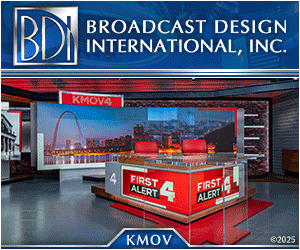

tags
ARRI, Fullerton Productions, James Downey, Rogers Communications, Rogers Media, rogers sportsnet, sportsnet
categories
Broadcast Lighting Design, Case Study, Featured, Lighting and Lighting Design, Voices